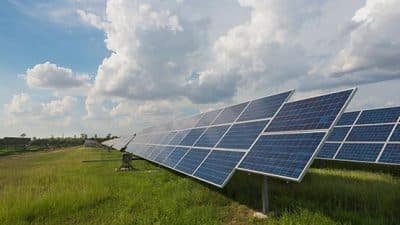AccuWeather.com reports reprieve is on the way from the frigid air and the Polar Vortex that has briefly brought life-threatening conditions to approximately 240 million people in the united states and southern canada this week.

The coldest part of the air will rotate through and depart Tuesday night into Wednesday. As this happens, temperatures will climb out of the cellar from west to east from the Plains to the East Coast.
In some cases, temperatures will hold steady or rise Tuesday night.
Over much of the Central states, South and Northeast, less wind on Wednesday will make for less harsh, less dangerous conditions.
By the weekend, temperatures over most areas affected by the Arctic cold will reach average or above average levels for the middle of January.
Temperatures are forecast to reach 50 degrees from St. Louis to Cincinnati and New York City this coming weekend. Highs will be in the 60s over much of the interior South with 70-degree readings returning to areas along the Gulf Coast.
The temperature rebound will be shared with pockets of rain, ice and snow as the week progresses. However, the areal coverage and intensity of snow and ice will be small and/or light in comparison to storms over the past few weeks.
The Arctic blast was given extra momentum by a southward shift of a large cold storm that most of the time hangs out near the Arctic Circle. That storm is called the Polar Vortex.
According to AccuWeather.com Senior Meteorologist Brett Anderson, “We were overdue for a large Arctic outbreak of this intensity.”
On average, outbreaks as large and intense as the one that occurred early this week occur once every 10 years. The last far-reaching, bitterly cold blasts occurred in the mid-1990s, during February of 1996 and January of 1994.
According to AccuWeather.com Chief Meteorologist Elliot Abrams, “The outbreak this week managed to break the string of a lack of record lows during January that has been ongoing in the 21st century in Atlanta, Chicago, Baltimore and Philadelphia.”
This particular blast of Arctic air swooped southward over the canada Prairies to the northern Plains, then turned eastward over the Ohio Valley and interior South. The Continental Divide acted as a barricade to the dense, low-level Arctic air and its gusty winds.
“For the most part, the Arctic air avoided the warming effects of the Great Lakes,” Anderson said.
Because of the indirect path the air mass took relative to New England, the northeastern corner of the U.S. and neighboring canada was spared the worst of it.
“In order for New England, Quebec, New Brunswick and Nova Scotia to get super cold, super fast you need an air mass to build southward from the Hudson Bay region, avoiding the Great Lakes so doing,” Anderson added.
An example of this was the bitterly cold blast that hit the region late last week in the wake of the blizzard.
The clock will be ticking on the upcoming January thaw as well.
According to Long Range Weather Expert Paul Pastelok, “After a relatively mild middle part of January, we are likely to experience a return of Arctic blasts later in the month.”
In the coming days AccuWeather.com will have more on the forecast return of waves of Arctic air and perhaps another visit by the Polar Vortex.
By Alex Sosnowski, Expert Senior Meteorologist for AccuWeather.com










